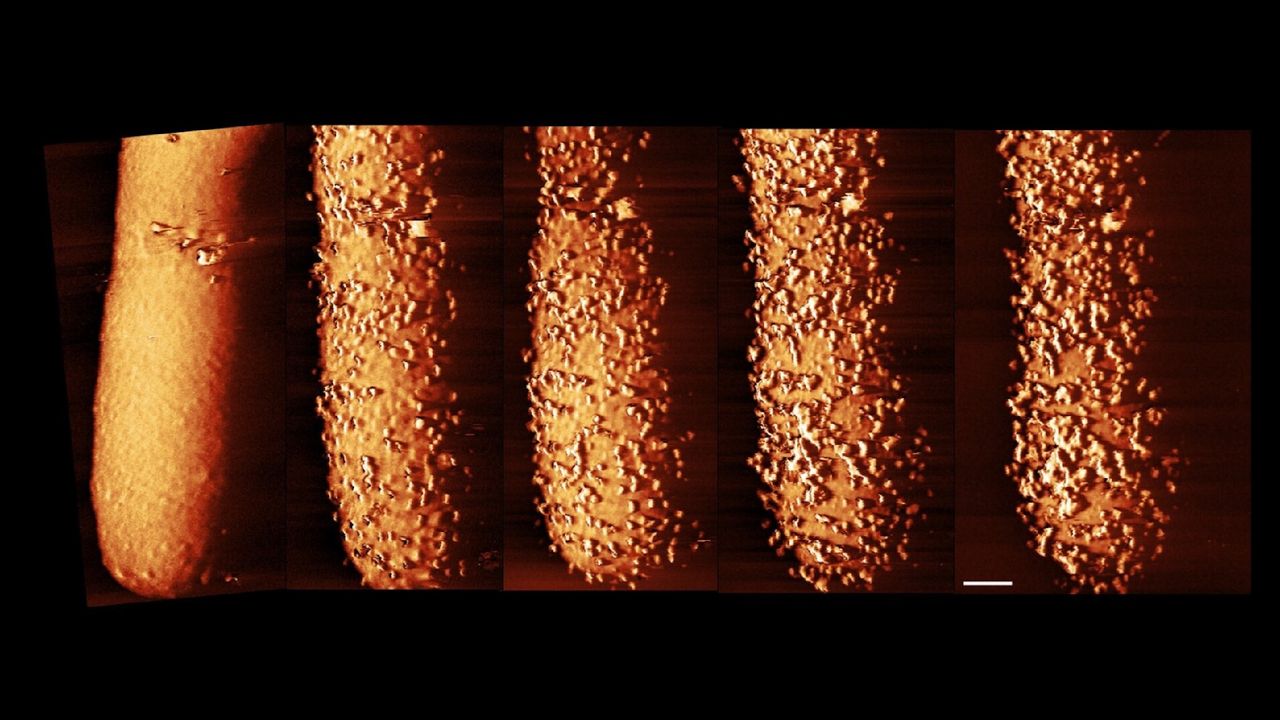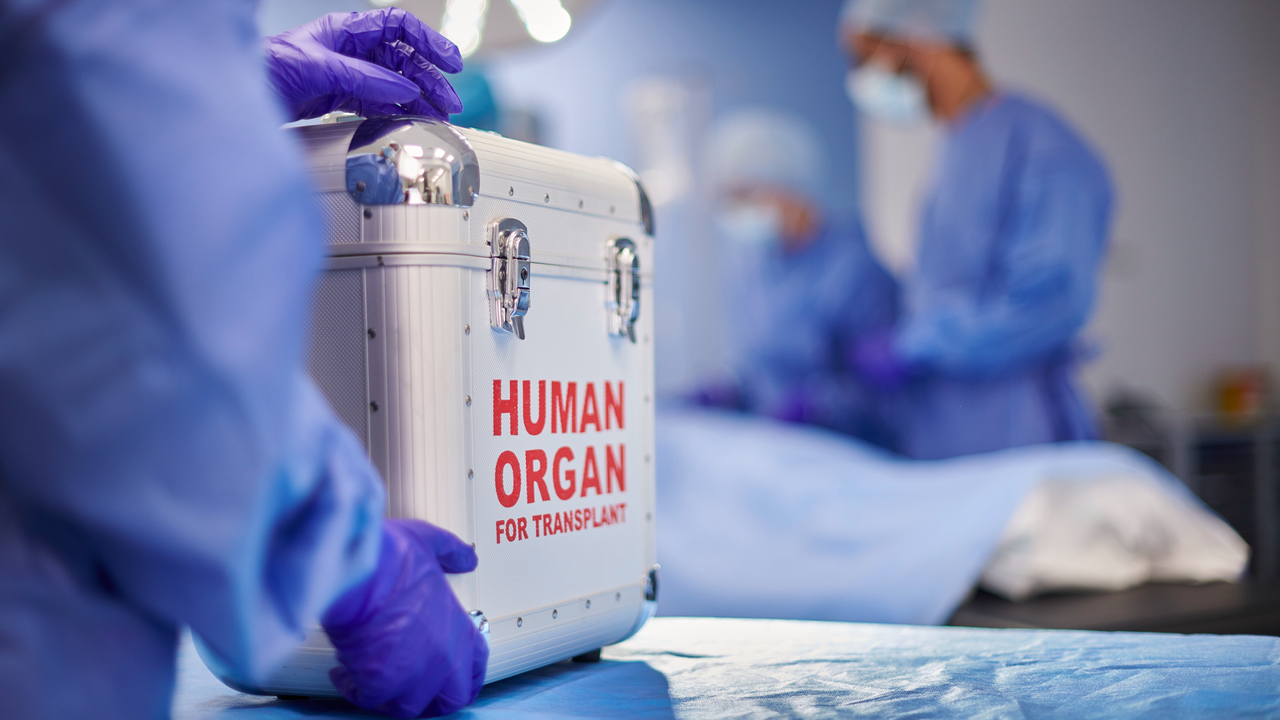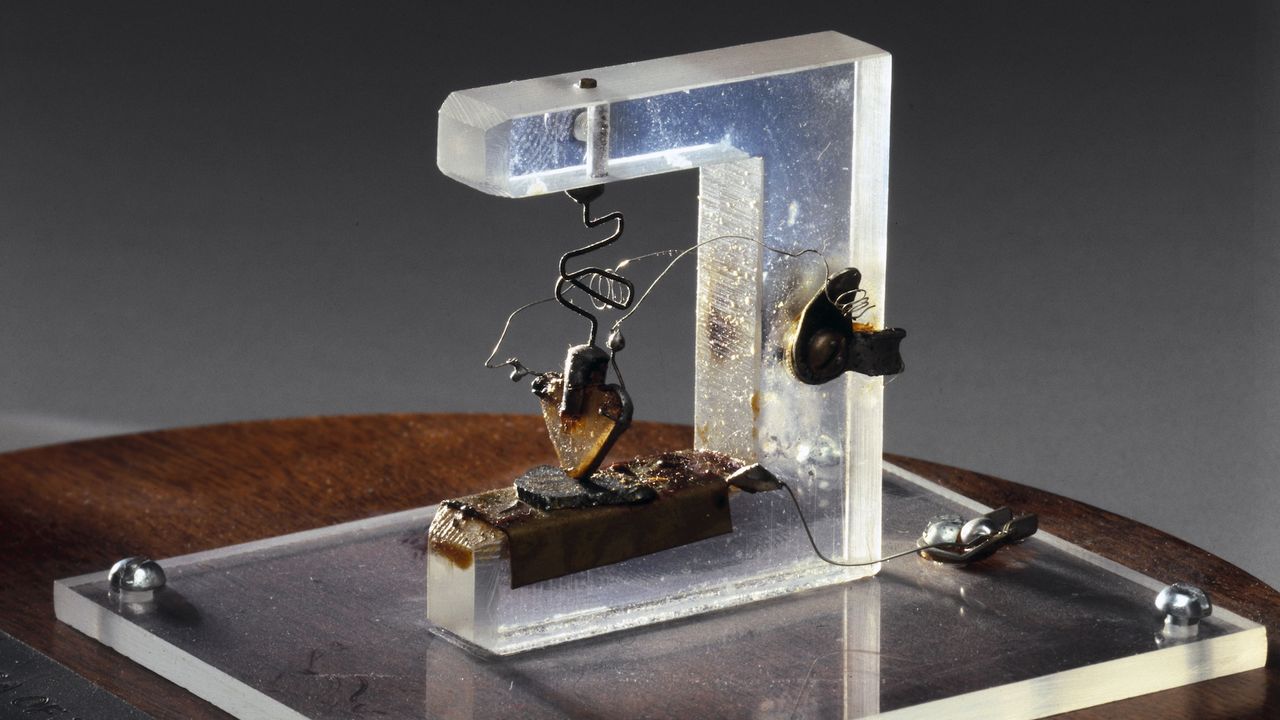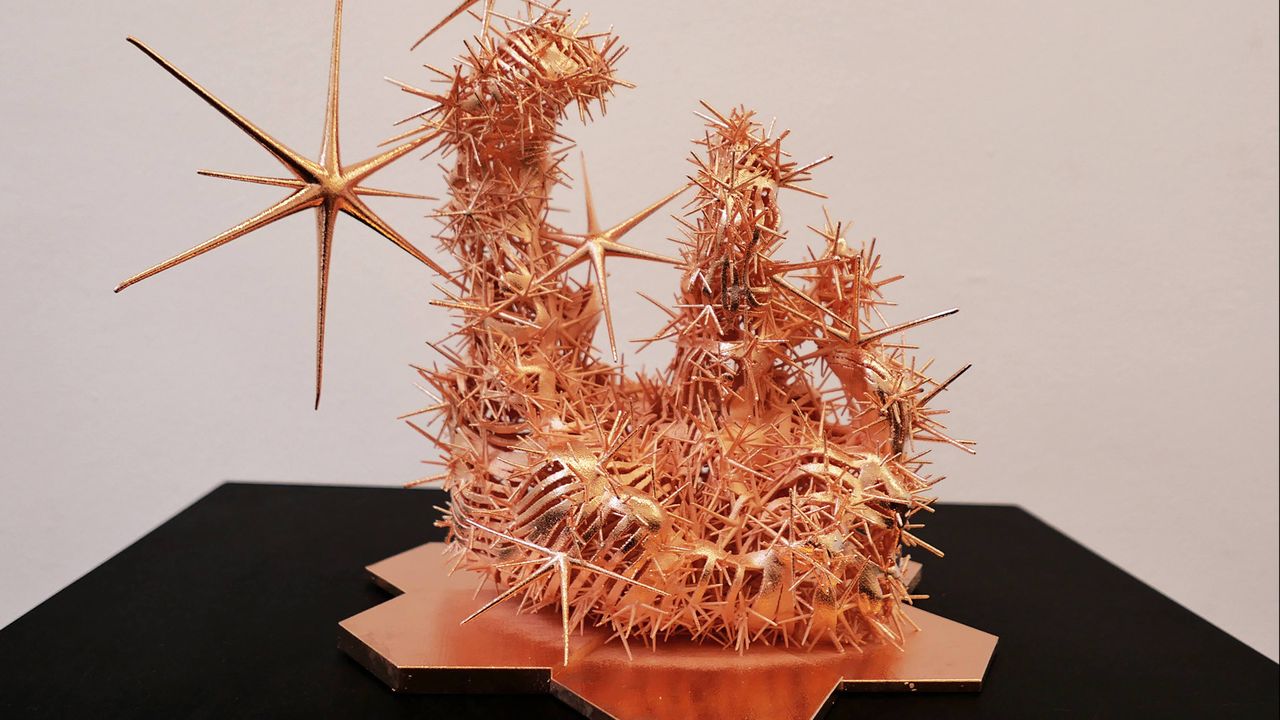Striking images capture an antibiotic slaying bacteria in real time
PositiveScience

Scientists have made a groundbreaking advancement by capturing real-time images of polymyxins, a powerful class of antibiotics, as they disrupt and infiltrate the membranes of harmful bacteria. This discovery is significant because it not only enhances our understanding of how antibiotics work but also opens the door for developing more effective treatments against antibiotic-resistant infections.
— Curated by the World Pulse Now AI Editorial System








